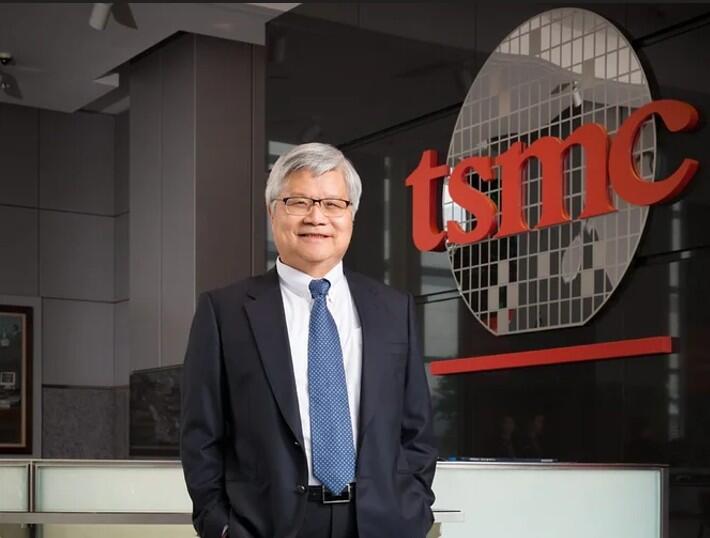Taiwanese semiconductor manufacturer TSMC introduced its next-generation process tech, the A14, amongst a range of other innovations at its own North America Technology Symposium last week, in what could be a game-changer for the sector.
Why? Because Nvidia's (NVDA : NASDAQ) main supplier says the tech driving its new A14 comes with substantial improvements in performance, power efficiency, and transistor density - key factors in accelerating AI development.
Compared to TSMC’s N2 processor - which is rolling out this year - the A14 delivers up to 15% faster speeds at the same power, or up to 30% power reduction at the same speed alongside a 20% increase in logic density.
What will they be applied to? Mainly based on high-performance computing for Industry.
For the consumer, the A14 will be able to support AI on edge devices and its need for high-speed, low-latency wireless connectivity to move massive data with N4C RF, the latest generation of TSMC’s radio frequency technology.
“TSMC’s technology roadmap supports our customers’ long-term innovation needs,” TSMC chief executive Dr C.C. Wei said.
“A14 and our broader portfolio enable the integration of physical and digital advancements, particularly in AI.”

Autonomous vehicle upgrades
TSMC says the A14 will also enable improvements to autonomous vehicles, which Elon Musk and Google are rolling out in Austin, Texas, in the weeks ahead.
Autonomous vehicles are about to take off, as Google's Waymo is partnering with Uber to offer self-driving rides and Tesla is planning to launch a robotaxi service in June in the city - alongside other autonomous vehicle companies like Zoox and ventures funded by automakers.
In the AI and data centre chips category, the company is scaling its CoWoS advanced packaging to a 9.5 reticle size by 2027, allowing for systems integrating 12 or more high-bandwidth memory stacks.
TSMC also revealed SoW-X, a wafer-scale computing platform delivering 40 times the performance of current CoWoS solutions.
The company projects that chips built with this technology will deliver more than 3.5X the compute performance of today's leading designs, potentially meeting the needs of upcoming processors like NVIDIA's Rubin GPUs.



